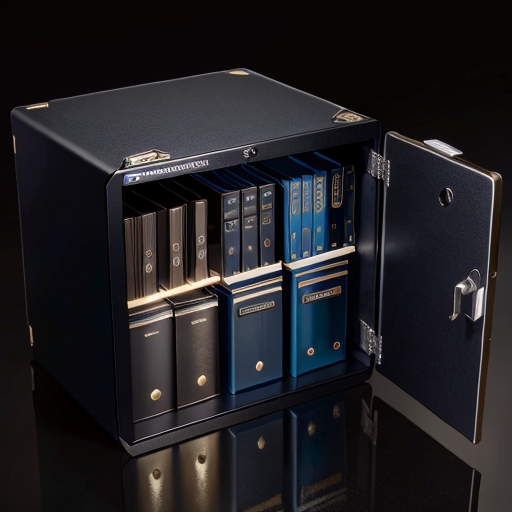UDS-DS uses Quantum-Computing Proof Scheme and FIPS-2 Certified Modules
Not only are the increasing attach surfaces a cause of concern, but the encryption technology itself is also facing challenges as the chip capabilities, especially quantum-computing, advance rapidly. If the data encryption keys or access control data are protected by RSA (public key encryption), they are vulnerable to attacks by quantum computers in a decade or less. In fact, experts warn that attackers today are hoarding encrypted data to be harvested in the future.
To easy the concerns of migrating a very large amount of data to a quantum computing safe solution in only a few years, UDS-DS pioneered a quantum-computing proof encryption scheme today to ensure the data safety in the upcoming quantum computer era with the need and risk of data migration.
UDS protected data doesn’t have keys or access control data attached, and UDS doesn’t use any public key encryption in any part of the data encryption. Furthermore, UDS gives each data a unique, maximum length, random symmetric key. So to break the UDS data, the attacks must attack each and every data repeatedly which makes breach of UDS data impossible, even with might future quantum computers.


